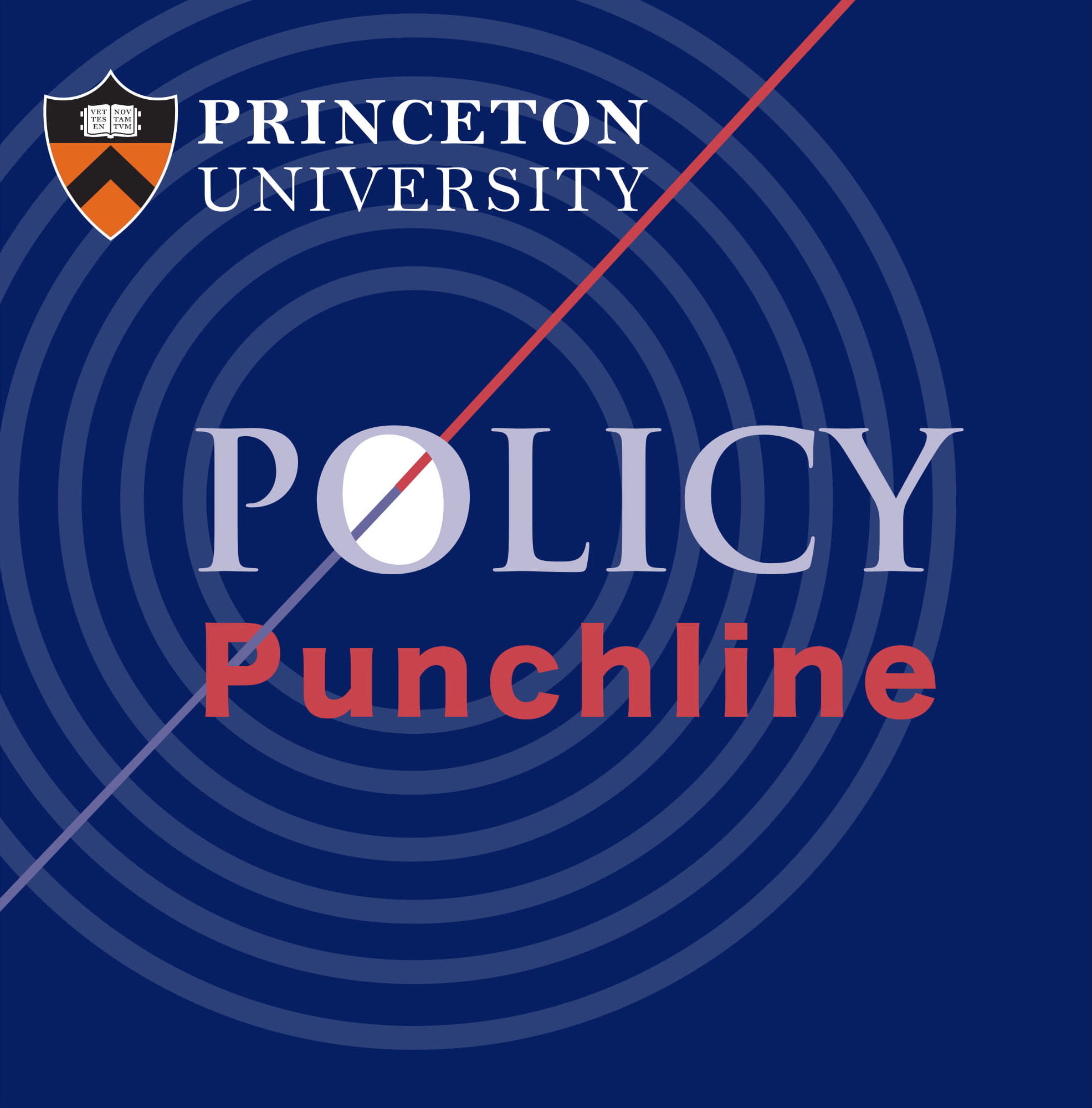Restoring Social Fabric: Art Museums in the Post-Covid World
Museums and galleries have been closed since March under lockdown rules, and there are growing fears among curators that many museums may never open again due to financial difficulties. James Steward is the Director of Princeton University Art Museum, where he leads a staff of 110 with an operating budget of $20 million and collections of over 110,000 works of art that span the globe and encompass 5,000 years of world history. In this interview, we discuss the role of art museums in helping make us better citizens and how the responsibilities of large art institutions may even expand in the wake of the coronavirus epidemic.
An avid museum visitor, Tiger also asks Director Steward how the art viewing experience has changed and will continue to evolve in light of Covid-19:
Can the art viewing experience possibly be even better after we take away the shared physical space and give people a chance to reflect in a solitary fashion?
Art museums have always said to perform effects of anti-alienation and symbolize the unification of a social sphere rendered by fragmentation by class division and other societal issues. One often argues that in a place like an art museum, we may finally have a model of utopia as people come together across those obstacles and collectively share an experience. Is this something that art museums can actually achieve, especially after Covid?
Museums often contain people with the same class, race, educational level… What major takeaways could the art museum industry derive from this Covid crisis and the ongoing #BlackLivesMatter movement that might motivate it to change its course, so that museums can in fact achieve such utopian vision – helping restitch our social fabric and transcend divisions? Or, maybe this utopian vision shouldn’t be an art museum’s goal at all?
This might be somewhat of a wild conversation, veering away from our traditional focus on economic policy or moral philosophy. Tiger even brings in his course readings like Nicolas Bourriaud’s famous Relational Aesthetics. Director Steward and Tiger also touch on a range of fascinating exhibitions in Princeton University Art Museum, from “LIFE Magazine and the Power of Photography“ curated by Katerine Bussard, to “Nature’s Nation: American Art and Environment” curated by Karl Kusserow.
Director James Steward
Photo Courtesy of the Princeton University Art Museum
Full bio: James Steward joined the Princeton University Art Museum as its director in April 2009. Since then, Director Steward has launched a number of initiatives to position the Museum at the heart of the university experience, including expanding the Museum’s program of exhibitions and educational activities, as well as its open hours and outreach efforts, leading to a 50% growth in attendance. He is a lecturer with the rank of professor in the Department of Art and Archaeology, and a faculty fellow of Rockefeller College. Prior to coming to Princeton, he served from 1998 to 2009 as director of the University of Michigan Museum of Art, where he oversaw the planning, construction, and fundraising for a major new building, recognized as one of the year’s ten best new buildings for 2010 by the American Institute of Architects.
Director Steward holds a B.A. from the University of Virginia and a doctorate in the history of art from Trinity College, Oxford University, where he studied with Francis Haskell. He is the recipient of numerous awards, including grants from the National Endowment for the Arts, the National Endowment for the Humanities, the Samuel H. Kress Foundation, the British Council, the American Ireland Fund, and the Robert Gore Rifkind Foundation. He has been a fellow of the Huntington Library and received the Chancellor’s Award for Distinguished Service from the University of California, Berkeley.

